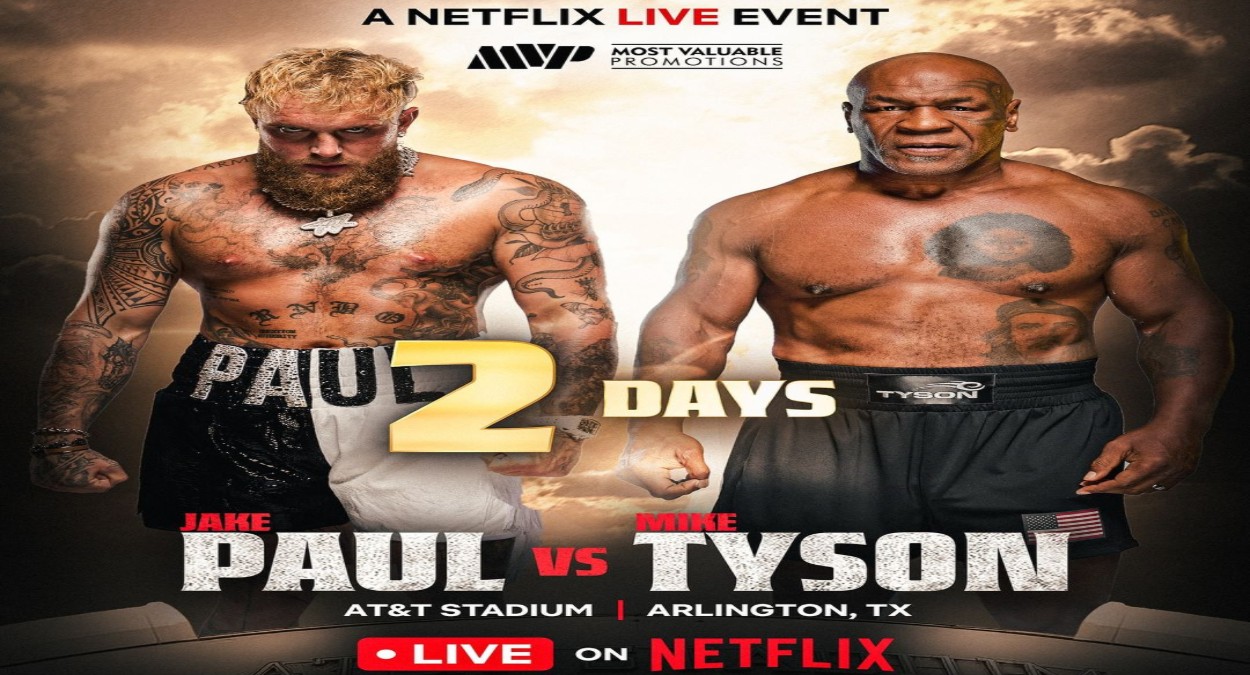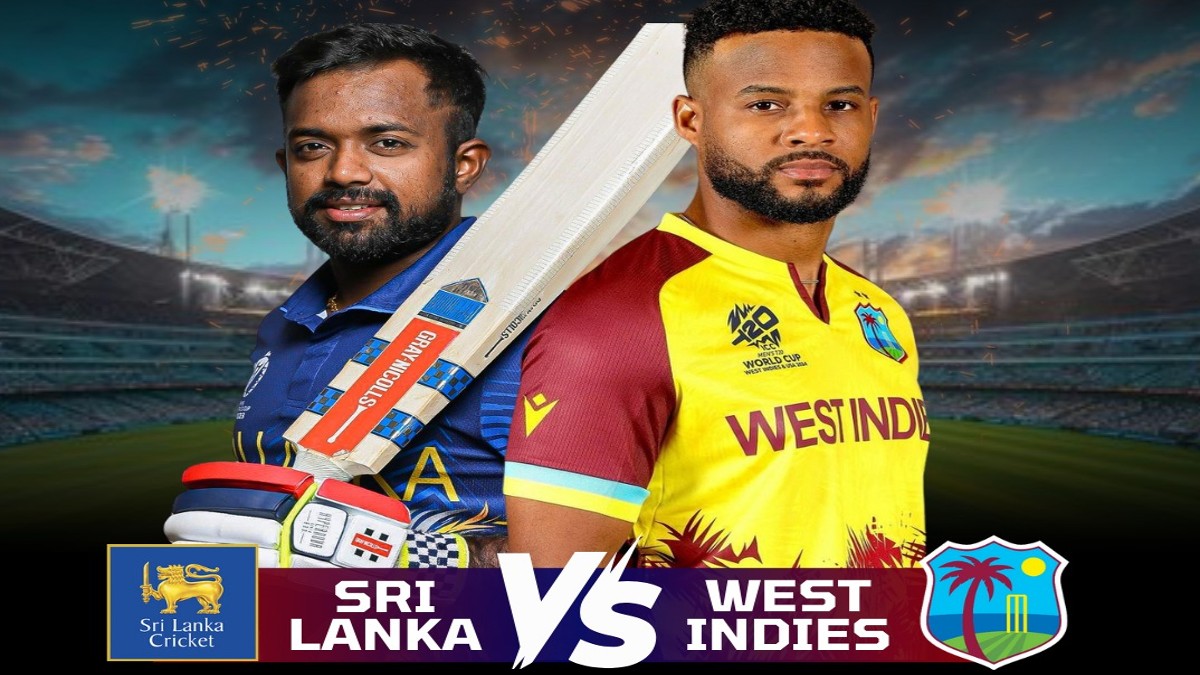
Jake Paul vs. Mike Tyson
Jake Paul vs. Mike Tyson The much-anticipated bout between Jake Paul and Mike Tyson marked another milestone in crossover boxing events. With an unusual mix of youthful charisma and legendary status, this fight captivated audiences globally, producing significant earnings for both fighters. Below, we explore the financial aspects, the buildup to the event, and its aftermath.
How Much Did Jake Paul Make?
Jake Paul, a YouTuber-turned-boxer, earned an estimated $40 million for his participation in this fight. This included a guaranteed purse and additional revenue from sponsorships and streaming deals. Paul had consistently positioned himself as a major draw in combat sports, with a combination of social media clout and a rapidly growing boxing resume.
In pre-fight interviews, Paul boldly claimed, “I’m here to make $40 million and knock out a legend.” His confidence in his earning potential proved accurate, with the event drawing significant attention from fans and brands alike.
How Much Did Mike Tyson Make?
Mike Tyson, the legendary former heavyweight champion, earned approximately $20 million for his participation. This figure was less than Paul’s earnings but significant for a fighter who had officially retired from professional boxing nearly two decades earlier.
Initially, Tyson joked that he would only return for $1 billion. However, the financial allure of this fight, coupled with his enduring fanbase, was enough to bring “Iron Mike” back into the ring. Despite his age (58 at the time), Tyson demonstrated his commitment by undergoing rigorous training, which further elevated interest in the match.
Event Revenue and Structure

Unlike most major boxing events, this fight was not offered via pay-per-view (PPV). Instead, it was streamed exclusively on Netflix, marking a new era in sports broadcasting. While traditional PPV events often charge upwards of $50 per viewer, Netflix capitalized on its existing subscription model, making the fight accessible to a broader audience.
While exact revenue figures remain undisclosed, industry experts estimated the event’s total earnings, including sponsorship deals, ticket sales, and global streaming revenue, to exceed $300 million. The absence of a PPV structure likely attracted more casual viewers, driving massive engagement.
Marketing and Hype
The fight was masterfully marketed as a clash of eras:
Jake Paul, the social media provocateur, represented the modern-day approach to boxing, where personality and promotion often outweigh traditional skill.
Mike Tyson, one of the most feared boxers in history, carried the aura of a bygone era where power and intimidation ruled the ring.
This generational narrative attracted audiences spanning age groups and demographics, with younger fans eager to see Paul and older fans excited to watch Tyson one more time.
Key promotional moments included:
Heated exchanges during press conferences, including Tyson’s promise to “teach the kid a lesson” and Paul’s vow to “knock out a legend.”
Viral social media campaigns highlighting their contrasting training styles and personalities.
Collaborations with brands like DraftKings and Gymshark, further cementing the event as a commercial spectacle.
Critical Reception
The fight itself, while entertaining, sparked debates about the integrity of boxing. Critics labeled it a spectacle rather than a legitimate sporting contest. However, both fighters received praise for their effort:
Jake Paul solidified his reputation as a serious contender in celebrity boxing, demonstrating improved technique and strategy.
Mike Tyson, despite his age, showcased flashes of the power and resilience that defined his career.
Post-fight interviews revealed mutual respect between the two, with Tyson commending Paul’s work ethic and Paul acknowledging Tyson’s influence on his boxing journey.
Impact on Boxing
This event underscored the changing landscape of boxing:
- Crossover Appeal: Non-traditional matchups have brought new audiences to the sport, challenging its traditional purists.
- Streaming Revolution: Netflix’s involvement may signal a shift away from PPV, offering a more accessible model for major events.
- Marketing Over Merit: The fight emphasized the importance of personality and narrative, often eclipsing skill as the primary draw for audiences.
Final Thoughts
The Jake Paul vs. Mike Tyson fight was more than just a boxing match; it was a cultural phenomenon that bridged generations and showcased the evolving nature of sports entertainment. With earnings totaling $60 million between the two fighters and groundbreaking use of streaming platforms, the event set a precedent for future crossover bouts.



